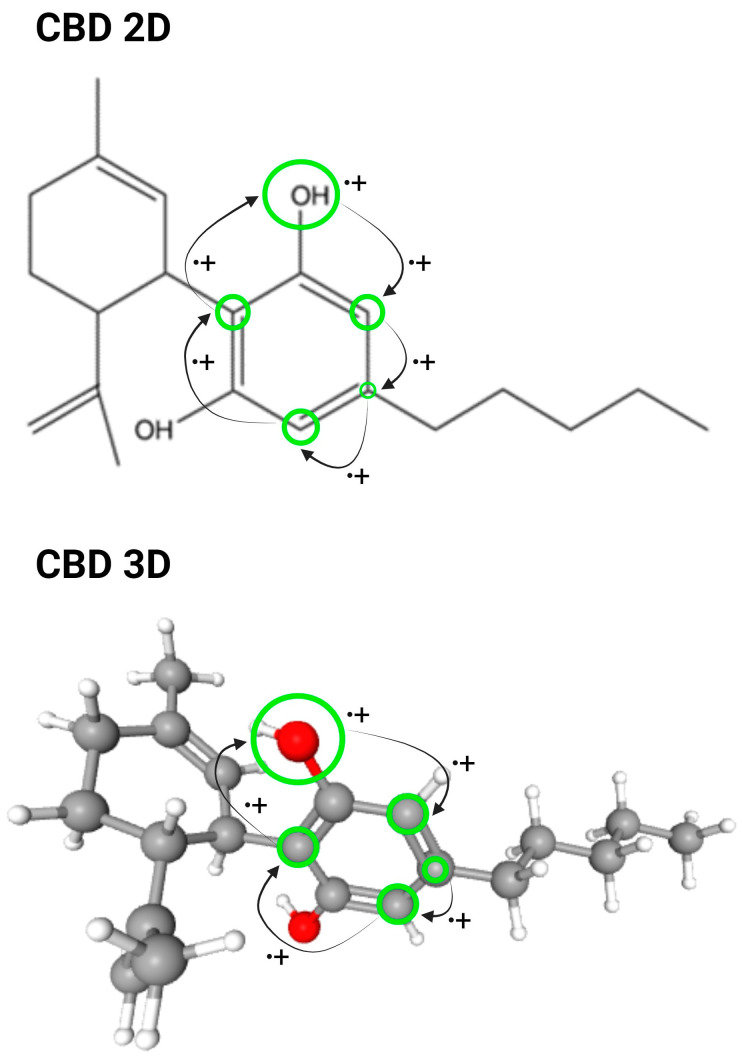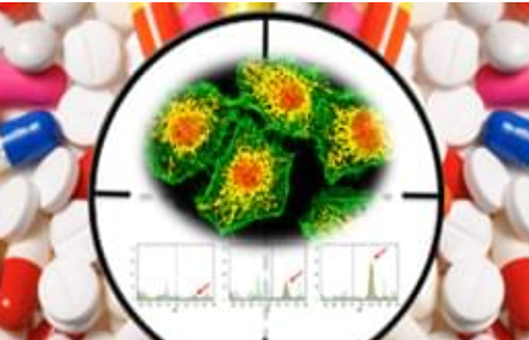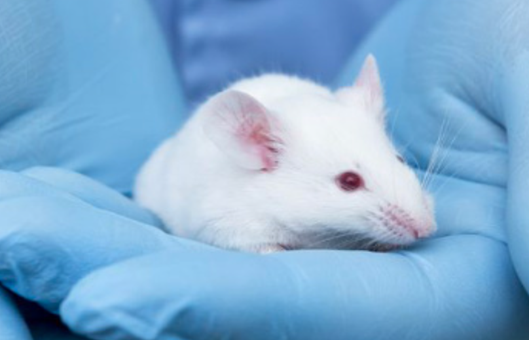CBD as a Drug: Pharmacokinetics and Current Formulations
Molecules. 2024 Jan 18; 29 (2): 473.
Authors: Martinez Naya N, Kelly J, Corna G, Golino M, Polizio AH, Abbate A, Toldo S, Mezzaroma E.
INTRODUCTION
Cannabidiol (CBD), a non-psychoactive compound derived from Cannabis Sativa, has garnered increasing attention for its diverse therapeutic potential. This comprehensive review delves into the complex pharmacokinetics of CBD, including factors such as bioavailability, distribution, safety profile, and dosage recommendations, which contribute to the compound's pharmacological profile.
 Fig. 1 CBD structure. Carbon atoms are represented in grey, Oxygen atoms in red, and Hydrogen atoms in white.
Fig. 1 CBD structure. Carbon atoms are represented in grey, Oxygen atoms in red, and Hydrogen atoms in white.
Absorption
- Oral administration. While controlled human studies predominantly employ oral administration, CBD exhibits limited oral bioavailability, estimated to be as low as 6%, owing to its highly lipophilic nature and extensive first-pass metabolism. Vast efforts have been made to improve the oral bioavailability of cannabinoids in patients, with advanced formulations like lipid/oil-based formulations, gelatin matrix pellets, and self-emulsifying drug delivery systems (SEDDS) shown to be efficient methods to increase its effectiveness.
- Inhalation. Inhalation achieves rapid peak plasma concentrations (within 3-10 min) with higher maximum levels compared to oral ingestion, resulting in bioavailability ranging from 11% to 45% (mean 31%). Delivery through inhalation or oro-mucosal routes minimizes or mitigates the extensive first-pass metabolism associated with oral cannabinoid administration.
- Intravenous administration. The highest plasma concentrations of CBD were obtained by intravenous administration. Following intravenous administration of 20 mg of deuterium-labeled CBD, the mean plasma concentration reported was 686 ng/mL (3 min post-administration), which dropped to 48 ng/mL at one h.
- Transdermal administration. CBD's hydrophobic nature limits its diffusion across the skin's aqueous layer. Different strategies, like chemical penetration enhancers, microemulsions, and physical enhancers, are used to improve CBD permeability. This route of administration avoids the first-pass metabolism, leading to higher bioavailability rates in the presence of enhancers and prolonged steady plasma concentration compared to other routes of delivery.
Distribution
Due to the highly lipophilic nature of cannabinoids, including CBD, they are sequestered in fatty tissues and penetrate highly vascularized tissue (such as adipose, heart, brain, liver, lungs, and spleen) with subsequent equilibration into less vascularized tissue and rapid decrease in plasma concentration. The volume of distribution (Vd) in adults, assuming a 70 kg body weight, is moderate to high since it varies from 2.5-10 L/kg. CBD, like THC, has a protein binding capability of >95%, mainly to lipoproteins. Only 1-5% of the total concentration of CBD is unbound and has pharmacological effects.
Metabolism
CBD undergoes hepatic metabolism primarily by isozymes CYP2C19 and CYP3A4, with additional involvement of CYP1A1, CYP1A2, CYP2C9, and CYP2D6. The active metabolite, 7-hydroxy cannabidiol (7-OH-CBD), exhibits a 38% lower plasma AUC than the parent drug. Following hydroxylation, further hepatic metabolism occurs, leading to subsequent fecal and, to a lesser extent, urinary excretion of these metabolites.
Excretion
CBD has a prolonged terminal elimination half-life. In fact, after twice-daily dosing for seven days in healthy volunteers, the terminal half-life of CBD in plasma was 56 to 61 h. The average half-life following intravenous dosing is observed to be 24 ± 6 h and post-inhalation to be 31 ± 4 h. Most CBD is excreted unchanged through feces but also as both unchanged and glucuronidated CBD in the urine.
Drug Interaction
CBD has the potential to cause interaction effects with many over-the-counter and prescription medications since it acts on cytochrome P450 isoforms (enzymes involved in the metabolism of many drugs). By inhibiting CYP3A4 and CYP2D6, CBD may lead to an increased concentration of other drugs via enhanced metabolism, which thus exaggerates the drugs' effects and may result in substantial adverse reactions.
Dosage
CBD is available in many formulations (e.g., purified CBD, CBD: THC ratios, CBD enriched products) and forms, like oil solution, sublingual tablets, capsules, tablets, sublingual spray, nasal spray, and creams, and can be found in dietary supplements, cosmetics, and animal health products.
Dosing recommendations vary based on studies using oral administration, influenced by the specific disorder and potential interactions with other substances, like alcohol, central nervous system depressants (e.g., benzodiazepines), or moderate and potent inhibitors of CYP3A4 or CYP2C19 (e.g., clobazam and valproate). Regarding overdosage, CBD treatment at oral doses of 15 to 160 mg, inhaled doses of 0.15 mg/kg, or injected intravenous doses of 5 to 30 mg proved to be free from side effects.
Creative Bioarray Relevant Recommendations
| Service/Product Types | Description |
| In Vitro DMPK Services | Creative Bioarray provides a variety of in vitro ADME/PK services, including high-throughput ADME screening, in vitro binding, in vitro metabolism, in vitro permeability, and transporter assays. |
| In Vivo DMPK Services | Creative Bioarray provides in vivo drug metabolism and pharmacokinetic (DMPK) services to support your drug development studies of in vivo absorption, distribution, metabolism, and excretion of drug candidates. |
| High-throughput ADME Screening | Creative Bioarray now provides a high throughput ADME (HT-ADME) package using state-of-the-art instrumentation and methodology to accelerate the lead optimization and drug discovery process. |
RELATED PRODUCTS & SERVICES
Reference
- Martinez Naya N, et al. (2024). "An Overview of Cannabidiol as a Multifunctional Drug: Pharmacokinetics and Cellular Effects." Molecules. 29 (2), 473.

